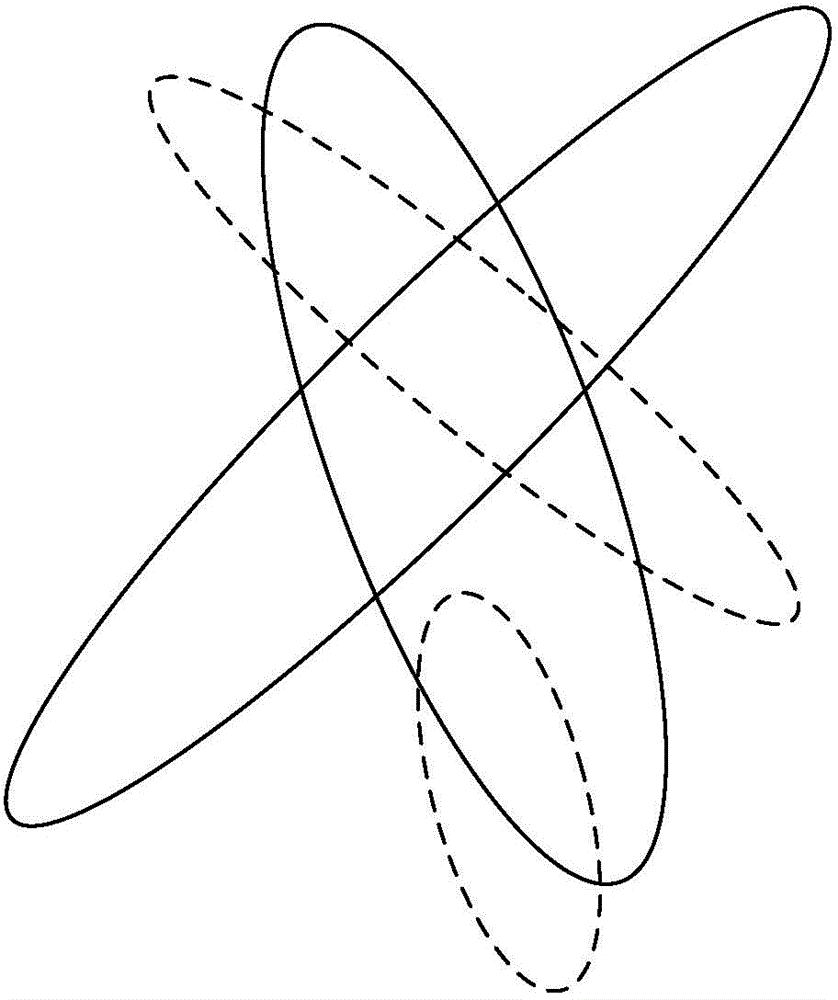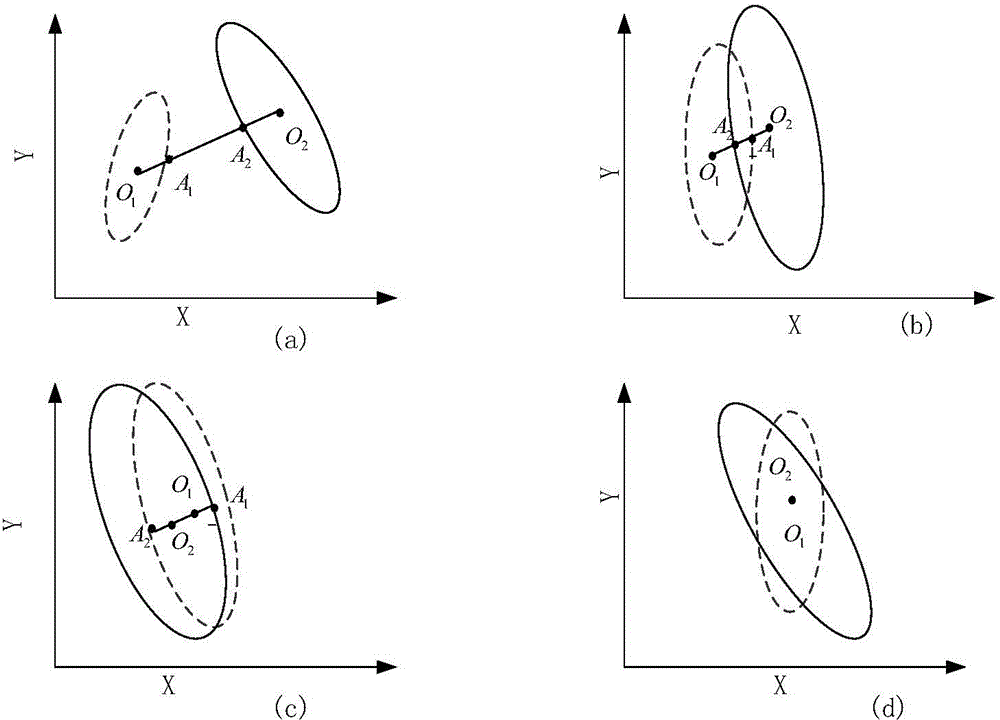SLAM data association method based on fuzzy-self-adaptation
A data association and self-adaptive technology, applied in fuzzy logic-based systems, electrical components, logic circuits, etc., can solve the problems of SLAM estimation performance degradation, inability to effectively prevent false road signs, weakening of mobile robot pose correction, etc.
- Summary
- Abstract
- Description
- Claims
- Application Information
AI Technical Summary
Problems solved by technology
Method used
Image
Examples
Embodiment Construction
[0126] The fuzzy-adaptive data association algorithm based on the present invention is verified by simulation experiments, and under the framework of EKF-SLAM, experiments using fuzzy algorithm, adaptive algorithm, nearest neighbor algorithm and fuzzy-adaptive data association algorithm respectively Comparison of results statistics. The environment used in the experiment is the simulation experiment platform designed by Juan Nieto and Tim Bailey et al., such as Figure 8 shown. The system moves around a closed-loop trajectory, and the points in the figure represent observable landmarks. During the movement of the mobile robot, 120 landmarks were continuously measured with laser sensors. Specific steps are as follows:
[0127] Step 1: Obtain feature map information F j (j=1,2,...,n), sensor measurement information Z i (i=1,2,...,m), the feature observed by the sensor is g j .
[0128] Step 2: Calculate the two observations with the closest Euclidean distance among the cur...
PUM
 Login to View More
Login to View More Abstract
Description
Claims
Application Information
 Login to View More
Login to View More - R&D Engineer
- R&D Manager
- IP Professional
- Industry Leading Data Capabilities
- Powerful AI technology
- Patent DNA Extraction
Browse by: Latest US Patents, China's latest patents, Technical Efficacy Thesaurus, Application Domain, Technology Topic, Popular Technical Reports.
© 2024 PatSnap. All rights reserved.Legal|Privacy policy|Modern Slavery Act Transparency Statement|Sitemap|About US| Contact US: help@patsnap.com










